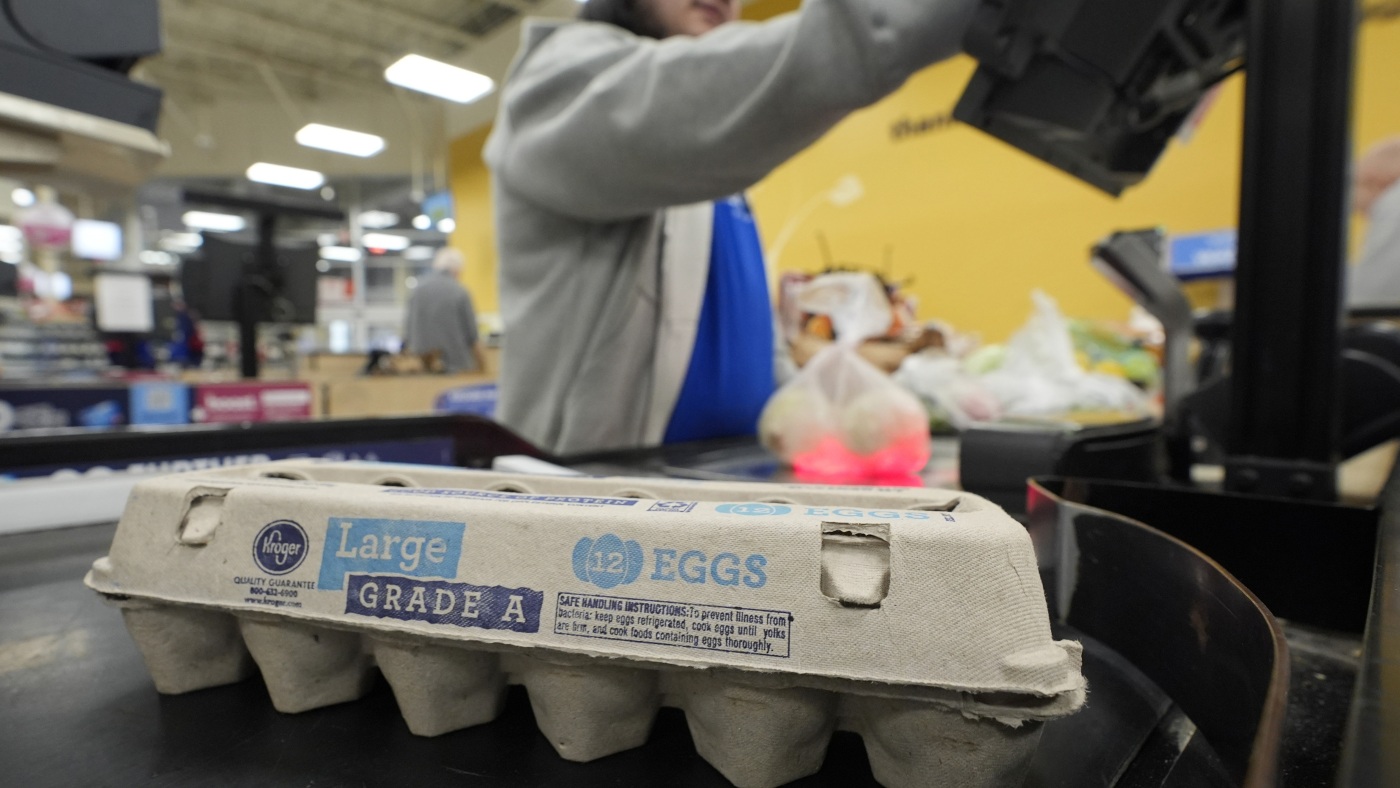The Complex Dynamics of U.S. Egg Prices
The recent decline in U.S. egg prices, after months of sustained increases, presents a multifaceted narrative that intertwines economic trends, agricultural challenges, and consumer behavior. This analysis delves into the factors contributing to the price drop, the persistent high costs, and the broader implications for the market.
A Record-Setting Decline
The average price for a dozen Grade A eggs fell to $5.12 in April, marking the first month-to-month decline since October 2024. This drop of 12.7% is the steepest monthly decline since March 1984, indicating a significant shift in the market dynamics. The decline is particularly noteworthy given that egg prices had reached a record high of $6.23 in March, driven by a persistent outbreak of bird flu that has decimated flocks of egg-laying hens.
The Bird Flu Impact
The bird flu outbreak, which began in 2022, has been a primary driver of the soaring egg prices. The highly pathogenic avian influenza (HPAI) has led to the culling of over 169 million birds, significantly reducing the supply of eggs. This supply shock has caused prices to skyrocket, with the average cost of a dozen eggs increasing by more than 350% compared to the same period last year. The outbreak has disrupted the egg-laying industry, forcing farmers to euthanize entire flocks to prevent the spread of the disease, further exacerbating the supply shortage.
Consumer Demand and Seasonal Factors
Consumer demand, particularly around holidays like Easter and Passover, has also played a role in the price fluctuations. High demand during these periods can drive up prices, even as supply remains constrained. However, the recent decline in prices suggests that demand may have stabilized or even decreased, allowing for a slight easing of prices.
Economic Factors
Inflation and broader economic trends have also contributed to the high cost of eggs. The combination of inflation and the bird flu outbreak has created a perfect storm for price increases. Despite a slight drop in overall inflation, egg prices continued to rise, reflecting the unique challenges faced by the poultry industry.
Government Data and Market Intelligence
Government data, such as the Consumer Price Index (CPI) and reports from the U.S. Bureau of Labor Statistics, provide crucial insights into the price trends. The CPI data shows that the average price of eggs of all sizes fell by 12.7% in April, the steepest monthly decline since 1984. This data highlights the volatility of the egg market and the impact of external factors on pricing.
The Role of Imports
Imports have played a role in stabilizing the supply and easing prices. As domestic production has been disrupted by the bird flu outbreak, imports have helped to meet demand and prevent further price increases. However, the introduction of tariffs on imports could potentially disrupt this stabilizing factor, leading to renewed price pressures.
Market Outlook
While the recent decline in egg prices is a welcome relief for consumers, the underlying challenges remain. The bird flu outbreak continues to pose a significant threat to the egg-laying industry, and the potential for future outbreaks could lead to renewed price increases. Additionally, the introduction of tariffs on imports could further disrupt the market, making it difficult to predict future price trends.
Conclusion: A Fragile Balance
The recent decline in U.S. egg prices offers a glimmer of hope for consumers, but the market remains fragile. The bird flu outbreak, inflation, and seasonal demand fluctuations continue to exert significant pressure on prices. As the industry navigates these challenges, the future of egg prices will depend on a delicate balance of supply, demand, and external factors. Consumers and industry stakeholders alike will need to remain vigilant and adaptable in the face of ongoing uncertainties. The road to stable and affordable egg prices is fraught with obstacles, but the recent decline serves as a reminder that change is possible, even in the most challenging circumstances.


